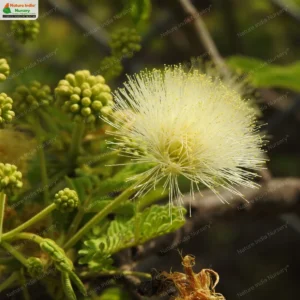Citrus taitensis, commonly known as the Otaheite Orange, is a hybrid species of citrus tree within the Rutaceae family, resulting from an artificial cross between Citrus medica (Citron) and Citrus reticulata (Mandarin). This tree is highly valued for its fruit, which is prized for its sweet and slightly acidic flavor. The tree’s distinctive features include its glossy, dark green leaves and small, white flowers, which are followed by small, orange-like fruit.
Citrus taitensis is a versatile species, with various parts of the tree being used for different purposes. The fruit is eaten fresh or used in jams and preserves, while the peel is used in traditional medicine to treat a range of ailments.
Habitat
Citrus taitensis typically grows in tropical and subtropical regions, often in well-drained soils and full sun to partial shade.
Planting and Care
-
Light: Prefers full sun to partial shade, with direct sunlight promoting healthy growth and fruit production.
-
Soil: Requires well-drained soil that retains moisture without becoming waterlogged.
-
Watering: Regular watering is necessary, especially during the growing season, to keep the soil consistently moist but not soggy.
-
Maintenance: Occasional pruning is beneficial to remove dead or damaged branches and maintain the tree’s appearance.
Additional Information
-
Fruit: The fruit of Citrus taitensis is prized for its sweet and slightly acidic flavor, making it a popular choice for eating fresh or using in jams and preserves.
-
Medicinal Properties: The peel of the fruit is used in traditional medicine to treat a range of ailments, including digestive issues and skin conditions.
-
Ecological Significance: Citrus taitensis provides food and shelter for various animals, contributing to its ecosystem’s biodiversity.




